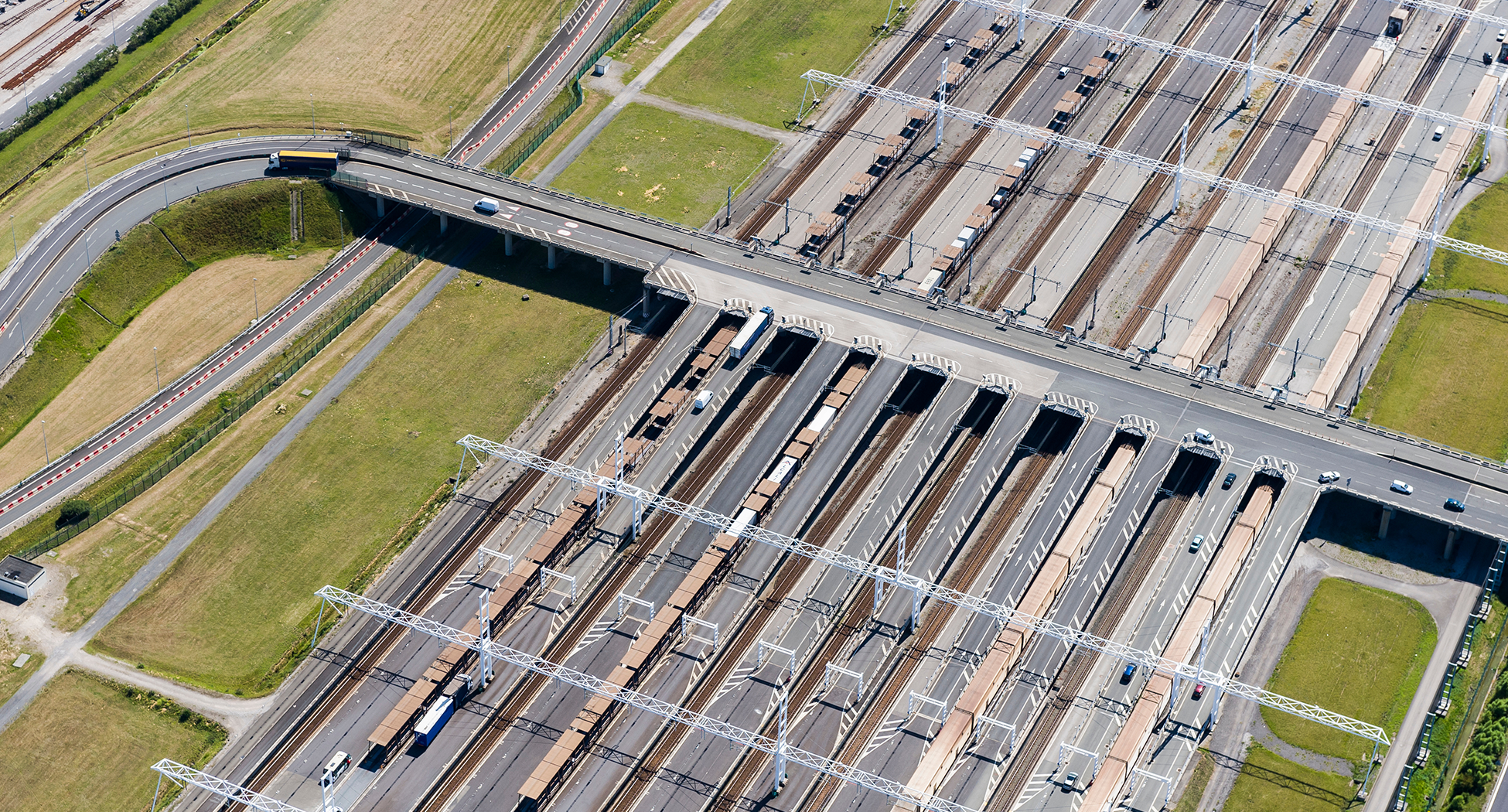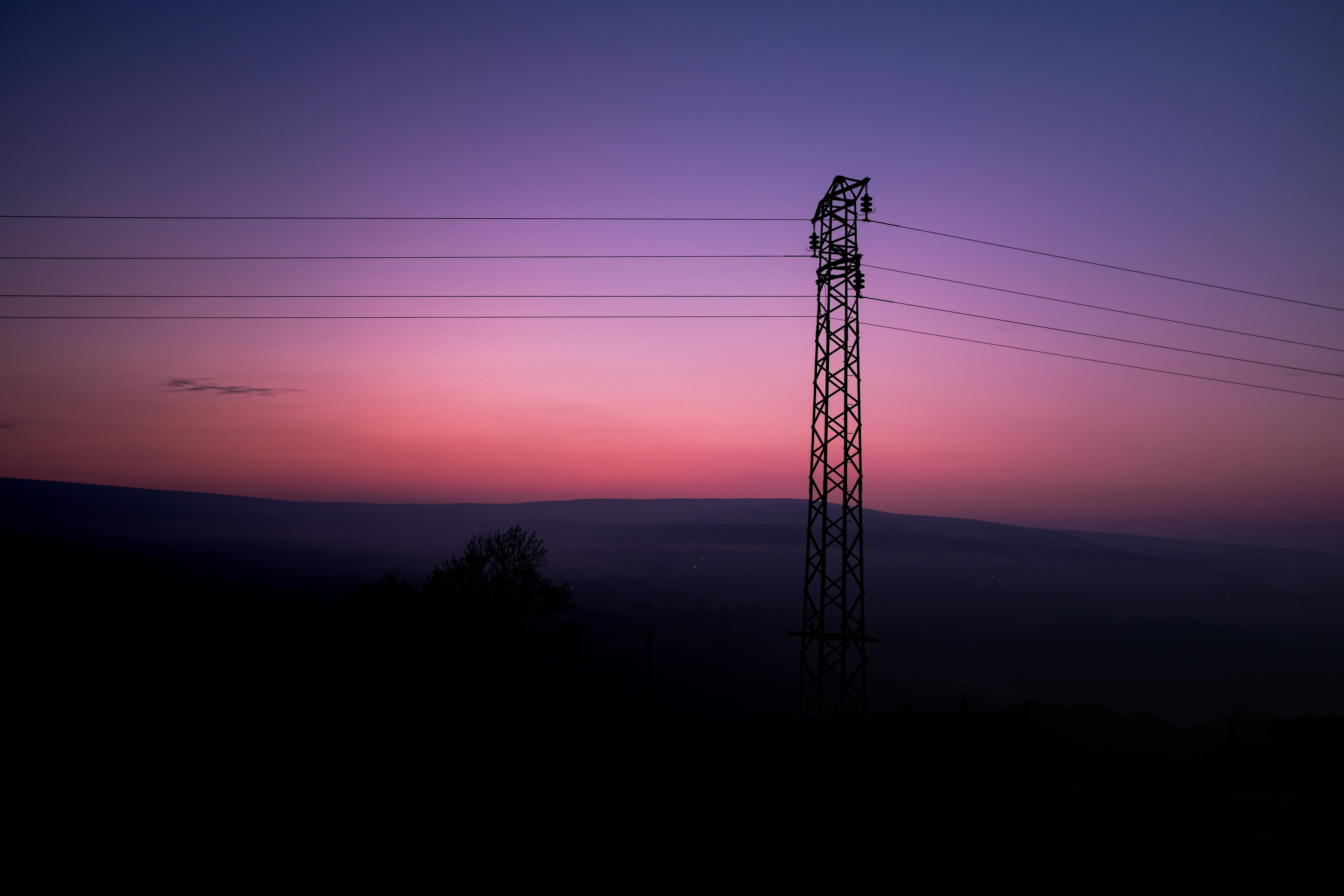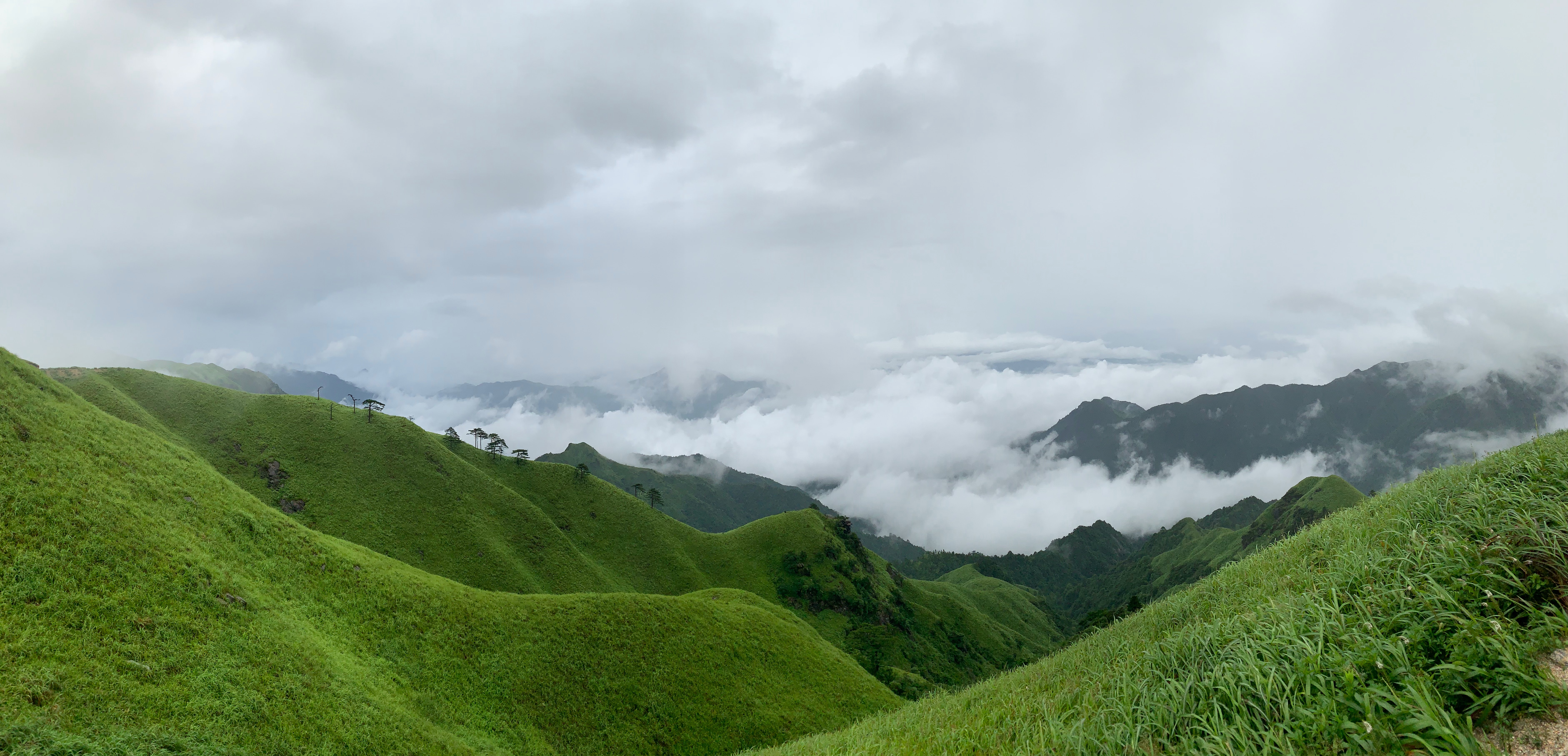325 results found
Featured results

More results
An innovative offtake was structured for the new sewage treatment plant in Mathura, Uttar Pradesh, where Indian Oil will use treated wastewater to cool its refinery, which will save 20 million liters of fresh water every day
In line with the global focus on climate change and greenhouse gasses, Canada has committed to a Net Zero Target by 2050. The Quebec Government has developed the 2030 Plan for a Green Economy aiming at reducing greenhouse gas (GHG) emissions by 37.5% below 1990 levels by 2030
Innovative win-win power scheduling agreement between the two procurers that enabled Delhi Metro to draw power flexibly to suit the variable nature of its demand for running trains.
Residents in Bangalore were facing water shortages and had to cope by relying on ground water and paying premium prices for water from privately plied water tankers
The Addis Ababa-Djibouti Railway modernisation project is the first cross-border electrified railway in Africa
The N4 Toll Route is a brownfield toll road concession of 630 kilometres running from Pretoria, South Africa?s administrative capital, to Maputo, the capital of Mozambique and a deep-sea port on the Indian Ocean.
The Øresund Fixed Link (the Link) is a combined bridge and tunnel link across the Øresund Sound (the Sound) between Denmark and Sweden.
The Channel Tunnel is a roughly 50 kilometre-long rail tunnel linking Folkestone, Kent, in England, with Coquelles, Pas-de-Calais, near Calais in northern France, beneath the English Channel at the Strait of Dover.
The Coral Sea Cable System (CS2) is a 4700 kilometre-long fibre optic submarine telecommunications cable that links both Papua New Guinea and Solomon Islands to the major East Coast Internet Hub in Sydney, Australia.
The Gordie Howe International Bridge is a land border crossing between Windsor, Ontario, Canada and Detroit, Michigan in the United States (US).
The Itaipu Hydroelectric Dam (the Dam) is located on the Paraná River on the border between Brazil and Paraguay
After 99% of Queensland was declared a natural disaster zone due to the cumulative effects of Cyclone Yasi and widespread flooding, the Australian Federal Government imposed a one-off levy to finance AUD1.8 billion to rebuild infrastructure.
The rapid growth in Indonesia’s urban areas required a rapid scale up in infrastructure investment. The Government of Indonesia set up Indonesia Infrastructure Guarantee Fund (IIGF) as a state-owned enterprise (SOE) to leverage private investments in infrastructure projects by providing government guarantees or credit enhancements to PPP projects.
The Contracts for Difference (CfD) were introduced as part of the UK's Electricity Market Reform to incentivise investment in secure, low-carbon electricity, improve the security of the UK’s electricity supply, and improve affordability for consumers.
New legislation helped enable construction of the Tsukuba Express Line for fast travel between central Tokyo and the nation’s largest research hub.
As the government of Saudi Arabia aimed to rapidly diversify its economy away from oil, there was an increased focus on sustainable strategies and growth of Islamic capital markets. With its Green Sukuk Framework, Saudi Electricity Company raised USD1.3 billion for low-carbon and climate-resilient infrastructure.
To help transition to a low-carbon green economy, China announced plans to grow a corporate green bond market, establishing pilot zones in five provinces and autonomous regions to inform national green finance policies.
India's infrastructure needed substantial investment to fulfill the demands of the growing economy. The Indian government introduced various initiatives to demonstrate domestic confidence to foreign investors, including Infrastructure Investment Trusts (InvITs) as an avenue for infrastructure developers to divest operational projects and reduce their leverage.
The Chicago Infrastructure Trust (CIT) was created in 2012 to provide focus and leadership to build a pipeline of executable public-private partnership projects to meet Chicago’s infrastructure needs, drive economic development, and create jobs.
Singapore's SolarNova program is a whole-of-government effort to accelerate the deployment of solar photovoltaic (PV) systems. The government took the lead in rolling out the rooftop PV systems across public housing and government buildings in collaboration with solar developers.























